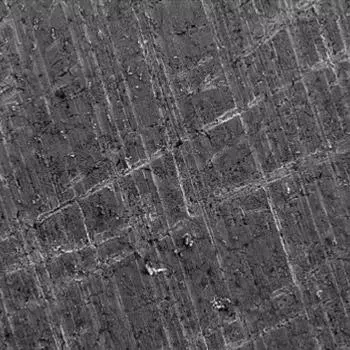Glass Mould Cleaning
Cleaning Solutions for Glass Container and Tableware Moulds
Clean moulds are essential for high quality, efficiency of production and economic savings. The superior process of ultrasonic cleaning enables reliable cleaning of pin holes, residue from channels and ornaments, also removing both dry and wet contamination.
Contamination on Moulds in Glass Production
- Burnt-on-swapping compounds
- Oxide
- Graphite
- Polishing media residues

Glass moulds before washing (left), cleaned with ultrasound (middle) and sand-blasted (on the right).
Difference between Sandblasting and Ultrasonic Cleaning Moulds
Sandblasting is slow, labour intensive and destructive to the mould surface, compared to ultrasonic cleaning which is reliable, labour cost saving and the combination of chemical and mechanical cleaning produces a much superior clean.
After Sandblasting

After Ultrasonic Cleaning

Ultrasonic cleaning removes stubborn contamination from mould parts made of cast iron, bronze and stainless steel. It cleans e.g. cavities, cooling channels, vacuum channels and pin vents on mould halves, bottom plates, baffles, plungers, neck rings and guider rings. Ultrasonic cleaning methods are applicable also for maintenance cleaning of the forming machine parts.
Before cleaning glass mould

After cleaning glass mould

Unclogging of pin vents with automatic cleaning process

